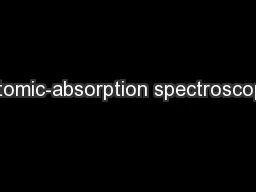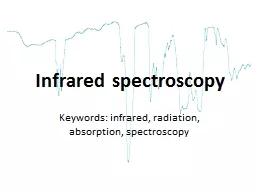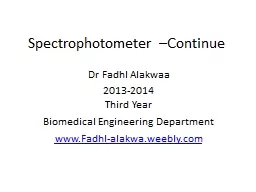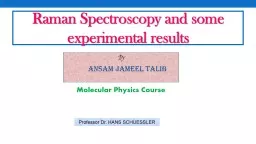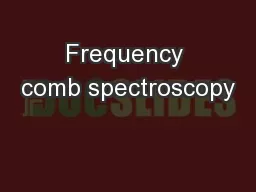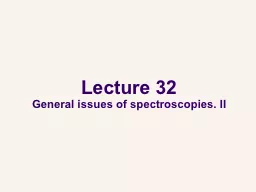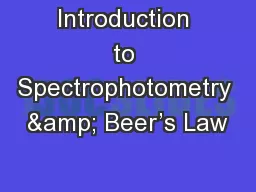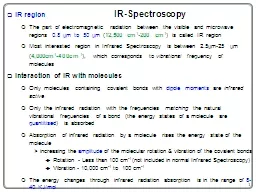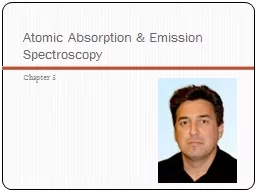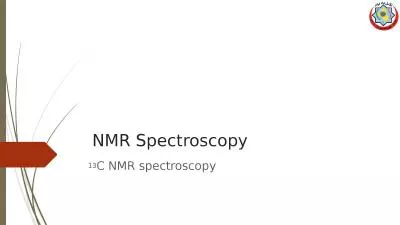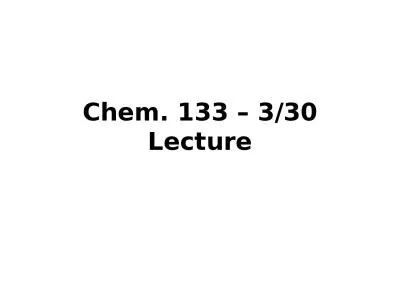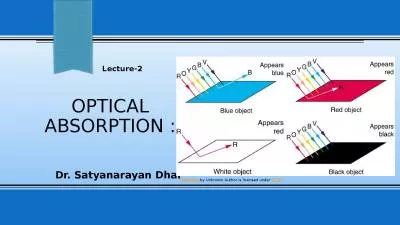PPT-Atomic-absorption spectroscopy
Author : debby-jeon | Published Date : 2017-03-16
In analytical chemistry Atomic absorption spectroscopy AAS is a technique for determining the concentration of a particular metal element in a sample eg Fe
Presentation Embed Code
Download Presentation
Download Presentation The PPT/PDF document "Atomic-absorption spectroscopy" is the property of its rightful owner. Permission is granted to download and print the materials on this website for personal, non-commercial use only, and to display it on your personal computer provided you do not modify the materials and that you retain all copyright notices contained in the materials. By downloading content from our website, you accept the terms of this agreement.
Atomic-absorption spectroscopy: Transcript
Download Rules Of Document
"Atomic-absorption spectroscopy"The content belongs to its owner. You may download and print it for personal use, without modification, and keep all copyright notices. By downloading, you agree to these terms.
Related Documents

